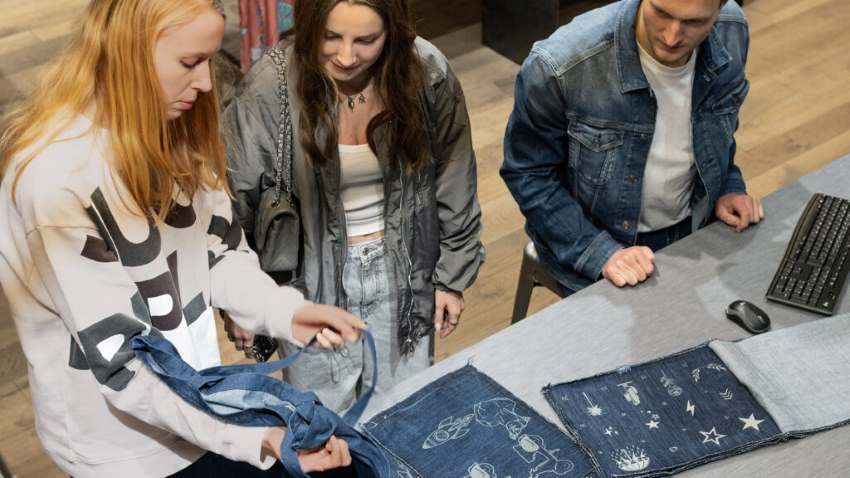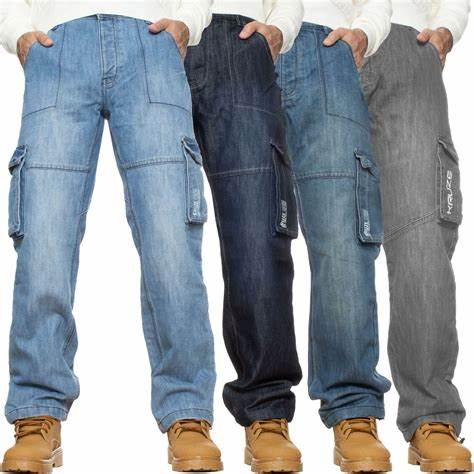"A new 56-page report entitled ‘Sustainable Fashion Blueprint Report 2018’ reviews the state of the industry, analysing the sustainability initiatives currently being implemented, and offers a framework that fashion businesses can follow in their efforts to reduce their negative environmental and social impacts. The report authored by University of Cambridge MBA students Diane Albouy and Olabisi Adesida in partnership with ethical e-commerce marketplace Mamoq."
 A new 56-page report entitled ‘Sustainable Fashion Blueprint Report 2018’ reviews the state of the industry, analysing the sustainability initiatives currently being implemented, and offers a framework that fashion businesses can follow in their efforts to reduce their negative environmental and social impacts.
A new 56-page report entitled ‘Sustainable Fashion Blueprint Report 2018’ reviews the state of the industry, analysing the sustainability initiatives currently being implemented, and offers a framework that fashion businesses can follow in their efforts to reduce their negative environmental and social impacts.
The report authored by University of Cambridge MBA students Diane Albouy and Olabisi Adesida in partnership with ethical e-commerce marketplace Mamoq.
Data collected through a Mamoq consumer research survey, reveals some interesting insights into consumers’ knowledge of sustainable fashion.
As sustainable fashion is a still evolving concept, it cannot be defined easily. The concept broadly refers to the design, production, distribution, consumption and disposal of apparel in consideration with the health and longevity of the natural environment, animals and humans involved.
design, production, distribution, consumption and disposal of apparel in consideration with the health and longevity of the natural environment, animals and humans involved.
It aims to limit the socio-environmental cost of fashion, while maximising its lifetime value and positive impact
The fashion industry being one of the most polluting industries in the world, sustainability is gaining traction. Consumers, particularly millennial and Generation Zs, are becoming increasingly aware of the challenges of sustainability, leading to changes in shopping habits.
According to the Cotton Council International and Cotton Incorporated Global Environment Survey, sustainability is a high priority for consumers in countries such as, India (81 percent), Mexico (69 percent), Italy (62 percent), and China (60 percent) However, the increased awareness of sustainability in the fashion world has yet to lead to a universal definition of sustainable fashion .
The need to adopt sustainable fashion
Sustainable fashion initiatives can help consumers, with lower disposable income to easily access ethically-made apparel from a transparent production line. These initiatives can also enlighten consumers on the importance of sustainability, and show that sustainable fashion can be of good quality, affordable and diverse.
They help existing businesses manage costs, minimise reputational risk, diversify revenue streams, and address consumer expectations. These also help fashion companies to redefine their long-term goals and strategies. Since consumers are exposed to more fashion choices than ever before, they are more empowered to demand more transparency, accountability, and quality.
Ways to adopt sustainable fashion
While choosing to implement the principles of sustainability to fashion, incumbents may face three types of challenges. Firstly, he needs to dedicate a budget, headcount and time across the organisation for a long-term implementation of sustainable initiatives. Secondly, the management needs to be aware that implementing these principles may directly impact margins and lastly these initiatives are likely to challenge the corporate governance structure of the company as agency issues arise.
To overcome these challenges the incumbent can adopt the following measures. • Use of bio-degradable materials: Brands need to make atleast 95 per cent of their entire collection from bio-degradable materials such as cotton, linen, or wool. • Reduction carbon footprint: Brands need to actively limit reduce their carbon foot print, thus limiting their negative impact on the environment. • Use of recycled materials: Brands should use recycled materials to limit the environmental impact of production and reduce landfill waste • Third Party Certified: Brands have been thoroughly vetted, and officially verified by a third party organisation (e.g., Fairtrade and Oeko-Tex) • Animal-free production: Brands should be committed to animal-free production. • Charitable activities: Brands should demonstrate an ongoing commitment to charitable activity. This includes the “buy to give” model, as well as financial donation • Transparency: Brands operate on a fully transparent and traceable supply chain. This promotes accountability of production and higher ethical standards. • Organic: Brands should use organic materials to limit the negative impact of farming on our ecosystems and personal health












